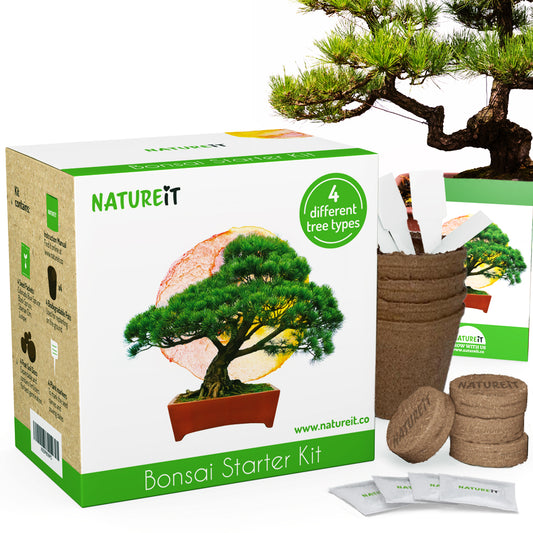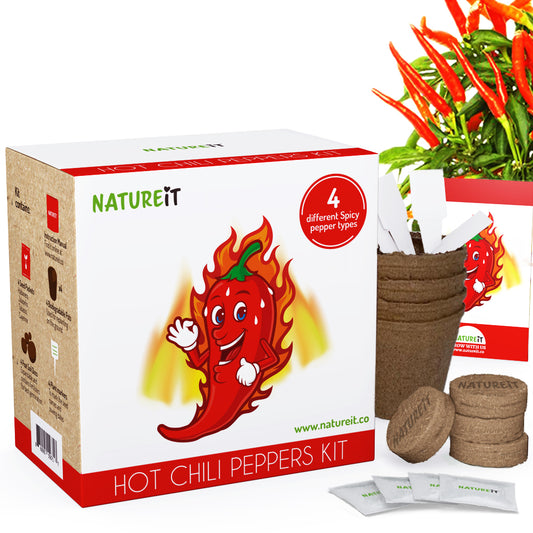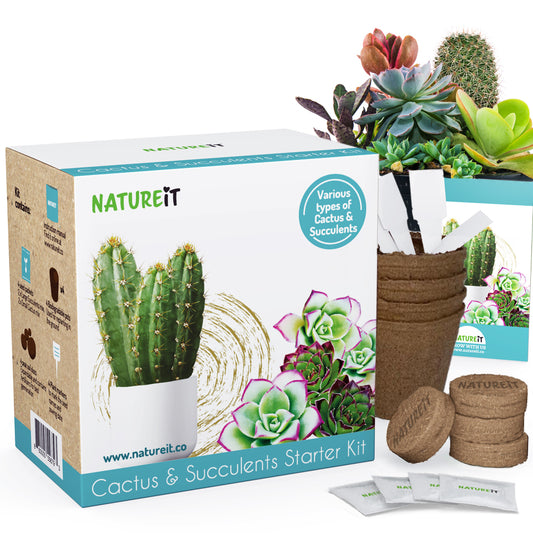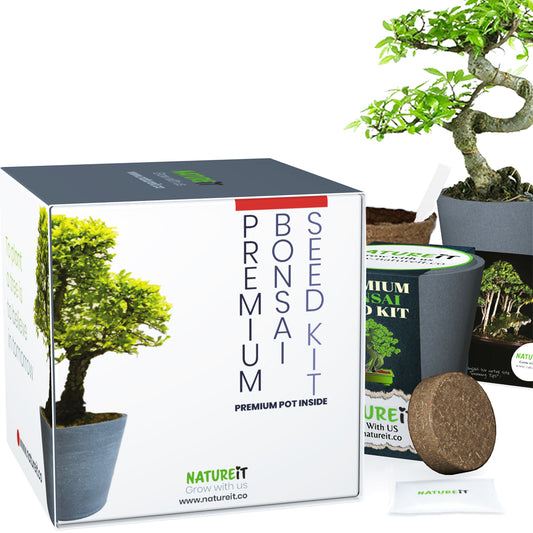How big do dwarf jade bonsai get?
Dwarf jade bonsai trees, also known as "Elephant Bush" or "Portulacaria afra," are small, slow-growing plants that are commonly used in bonsai gardening. They are known for their thick, succulent leaves and their ability to tolerate a range of growing conditions.
In terms of size, dwarf jade bonsai trees typically grow to be between 6 and 12 inches tall and wide. This small size makes them well-suited for bonsai gardening, as they can be easily trained and shaped into a variety of forms. The size of a dwarf jade bonsai tree can be controlled through regular pruning and shaping, which helps to maintain its compact size and prevent it from growing too large.
However, it is important to note that the size of a dwarf jade bonsai tree can vary depending on the growing conditions and the care it receives. With proper care and attention, a dwarf jade bonsai tree can remain small and well-shaped for many years, making it a popular choice among bonsai enthusiasts.
How do you care for a dwarf jade bonsai?
Caring for a dwarf jade bonsai tree involves providing it with the proper light, watering, temperature, and soil conditions to support its growth and development. Some specific care guidelines for a dwarf jade bonsai tree include:
- Provide the tree with bright, indirect sunlight. Dwarf jade bonsai trees prefer bright, indirect light and can tolerate some direct sunlight, but they should not be placed in a location where they will receive intense, direct sunlight for extended periods of time.
- Water the tree regularly, but do not allow it to sit in water. Dwarf jade bonsai trees are drought-resistant, but they do need regular watering to support their growth and development. Water the tree thoroughly, allowing the soil to become slightly moist, but not soggy. Do not allow the tree to sit in water, as this can lead to root rot and other problems.
- Keep the tree in a warm, draft-free location. Dwarf jade bonsai trees prefer warm temperatures, and should be kept in a location where the temperature remains between 65 and 75 degrees Fahrenheit. Avoid placing the tree in a location where it will be exposed to drafts or extreme temperature fluctuations.
- Use a well-draining bonsai soil mix. Dwarf jade bonsai trees require a well-draining soil mix that will support their growth and prevent root rot. A bonsai soil mix or a mixture of potting soil and sand is a good option. Avoid using regular potting soil, as it may retain too much moisture and lead to root rot.
- Prune and shape the tree regularly. Dwarf jade bonsai trees can be trained and shaped through regular pruning and shaping. This helps to maintain their compact size and promote new growth. Use bonsai pruning tools to carefully remove excess branches and leaves, and to shape the tree into the desired form.
By following these care guidelines, you can help your dwarf jade bonsai tree thrive and grow into a healthy, well-shaped plant. With regular care and attention, your dwarf jade bonsai can provide you with years of enjoyment.
How often do I water my dwarf jade bonsai?
Dwarf jade bonsai trees need regular watering to support their growth and development. However, the exact watering schedule will depend on a variety of factors, including the size of the tree, the type of soil it is planted in, and the temperature and humidity of its environment.
In general, a dwarf jade bonsai tree should be watered thoroughly whenever the soil begins to feel dry to the touch. This can be anywhere from once a day to once a week, depending on the conditions. To determine when to water your dwarf jade bonsai tree, use your finger to test the moisture level of the soil. If the top inch of soil feels dry, it is time to water the tree.
When watering your dwarf jade bonsai tree, it is important to use tepid water and water the tree thoroughly. Allow the water to soak into the soil, and then wait a few minutes to see if the water has been absorbed. If the water drains quickly, the tree has been watered enough. If it drains slowly, continue watering until the soil is moist but not soggy. Avoid allowing the tree to sit in water, as this can lead to root rot and other problems.
In general, it is better to underwater a dwarf jade bonsai tree than to overwater it. Overwatering can lead to root rot, which can be difficult to recover from. If you are unsure about how often to water your dwarf jade bonsai tree, it is better to err on the side of caution and water it less often rather than more often. With regular watering and attention, your dwarf jade bonsai tree will thrive and grow into a healthy, well-shaped plant.





